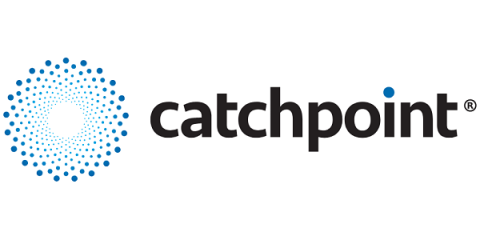Client-side chaos: Making your front end more reliable
Get started with Gremlin’s Chaos Engineering tools to safely, securely, and simply inject failure into your systems to find weaknesses before they cause customer-facing issues. The concept of Chaos Engineering is most often applied to backend systems, but for teams building websites and web applications, this is only half of the story.











